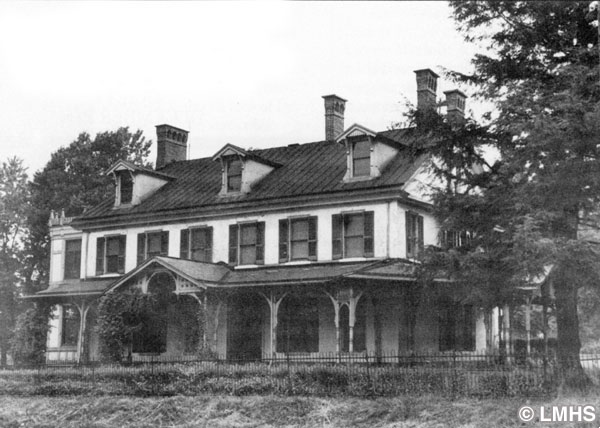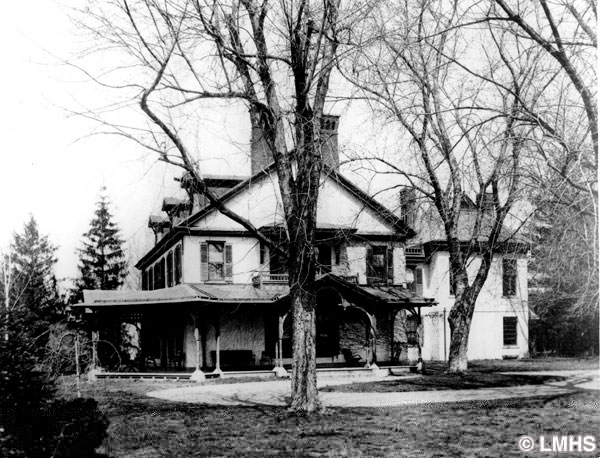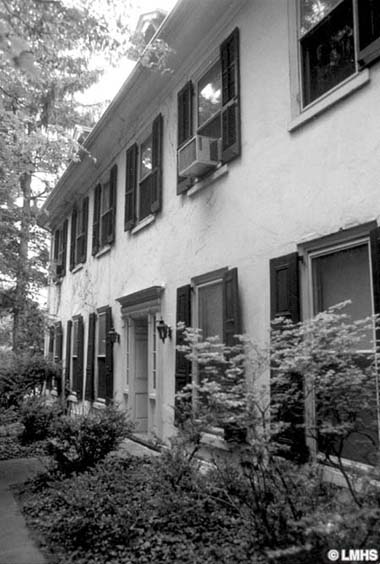Old William Penn
It was a popular misconception of struggling householders in the 18th and 19th centuries that tavern-keeping was a good way to make money. Quaker Joseph Price, hard-working and gregarious, a farmer, carpenter, coffin-maker, sawmill operator, major in the militia, was chronically short of cash, an affliction often mentioned in his 40-year diary.
Four years after he finished several tasks for the new Lancaster Pike construction…he placed the milestones, for instance…he decided to build an inn at the six mile stone on the southwest edge of his own land. This building is still in use and is 200 years old in July 2000.
A Patriotic Place
In building the inn, Joseph Price hired stone masons but most of the work in wood was his, and the final touch was the obligatory sign, Old William Penn, painted by a man named Drinker. Price named rooms for heroes: Washington, Adams, Jefferson and the entrance hall, The Nation. A lesser room he named for Gov. Thomas McKean of Pennsylvania, “as unfinished as his Brane.”



Transients, arriving late and leaving early, demanding meals at odd hours, put a strain on Mrs. Price. “A French Gentleman Left his Lady and 2 Little Girls to board” at $10 a week. Oyster suppers brought customers but the general hilarity “made the Dredfullest dirty house perhaps Ever was Seen…” Finally the diary, two years later, recorded: “too many taverns, we Cant Live by it…I have been at too much Expence.”
When an Englishman named Drake offered to lease the Old William Penn in 1802, Price readily agreed, and the inn became a boarding school for boys until 1807, then returned to being a tavern and hotel.
The Shortridge Estate
In the 1880s Parker Shortridge, wealthy Philadelphian, bought 75 acres and lived in the house he called Penngrove, then added adjacent Clover Hill farm of 100 acres, A long driveway from Wynnewood station ran straight to Penngrove across fields, where later the Wanamaker store would operate. Price’s building still stands, an apartment dwelling today.
